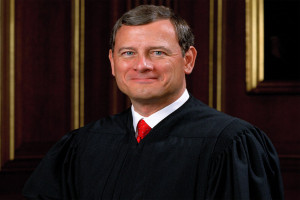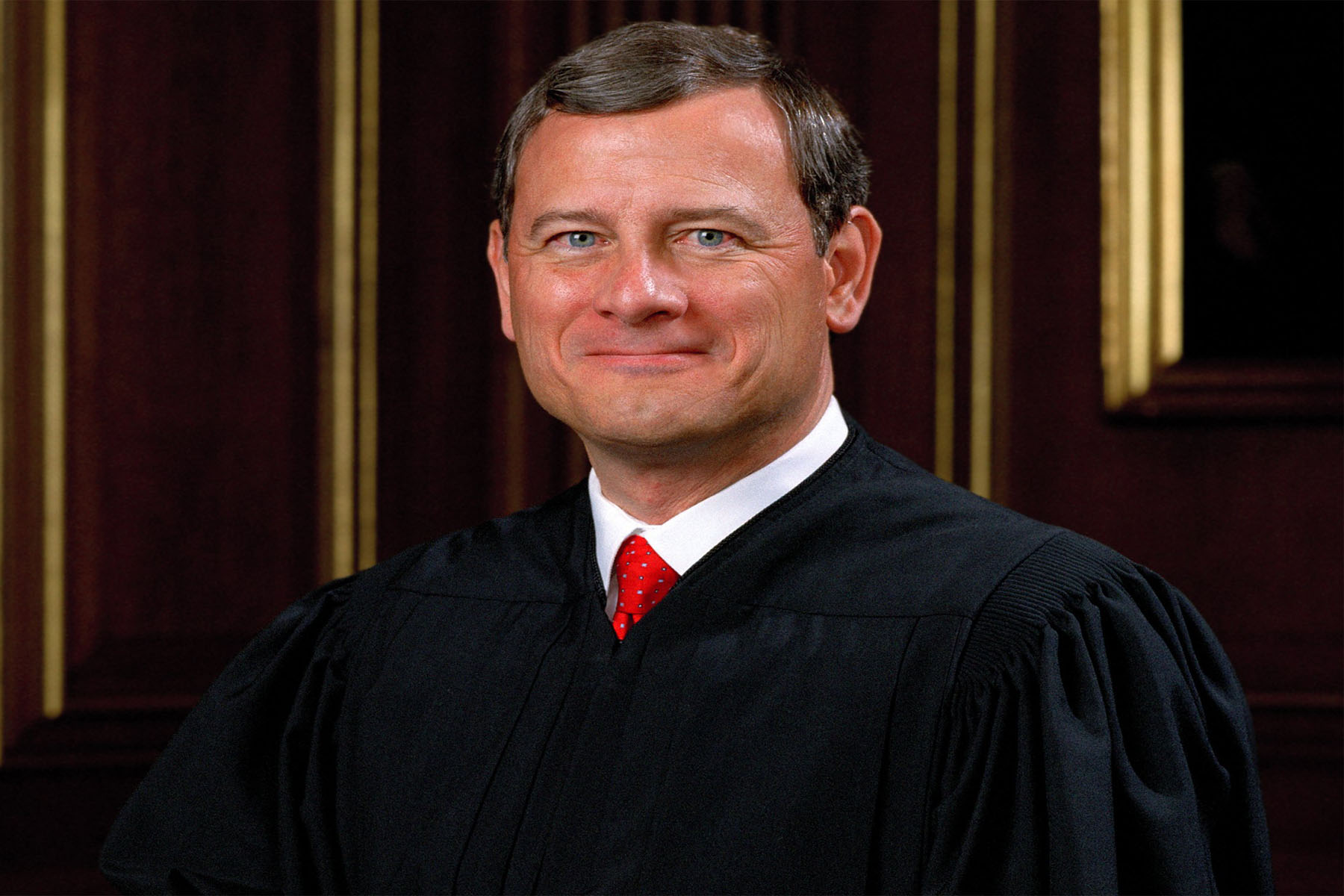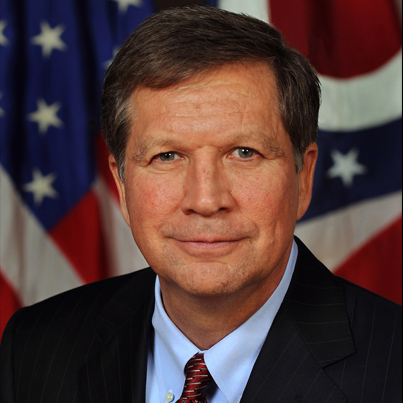Imagine for a moment you are attending a baseball game. The pitcher and batter are in the midst of one of those epic battles between the two. It’s the 8th inning and the game is tied 1-1. A pitcher’s duel type of game. The count is 3-2 on the batter. The starting pitcher, wiping the sweat off his brow on a hot, humid night in July, is about to throw is 95th pitch of the night and eighth pitch of this particular at-bat. He winds and delivers and the batter fouls off another pitch. Again, the pitcher hurls another pitch, this time a nasty curveball and the batter fouls the pitch off again. Nine pitches into this duel and still no finality of the at-bat. The tenth pitch is delivered to the plate and the batter just gets a piece of it, fouling off another one. Both the pitcher and batter are exhausted.
Then all of a sudden, the umpire, realizing the pitcher is frustrated and laboring to get the batter out, takes off his umpire mask and heads to the pitcher’s mound. He grabs the baseball, steps on the rubber and delivers a pitch to the catcher.
Of course, this would never happen in a baseball game or in any sport for that matter. The umpire or referee is objective.

![]() Someone should have told that to U.S. Supreme Court Chief Justice John Roberts. He has not only made himself the umpire, but an active participant, trying to decide the outcome of the game.
Someone should have told that to U.S. Supreme Court Chief Justice John Roberts. He has not only made himself the umpire, but an active participant, trying to decide the outcome of the game.
On Thursday, the U.S. Supreme Court decided 6-3 in favor of the federal government in the King v. Burwell case, ruling that the Obamacare subsidies, handed out to Americans who purchase a health plan on the federal exchange, are constitutional despite the plain text in the law as written that only exchanges “established by the State” can offer them.
Chief Justice Roberts’ written opinion for the majority was quite embarrassing. He wrote that, “Congress passed the Affordable Care Act to improve health insurance markets, not to destroy them. If at all possible, we must interpret the act in a way that is consistent with the former, and avoids the latter.” So regardless of what the text as written in the law cleary states where the exchanges must be “established by the State”, ruling the subsidies unconstitutional would destroy the health insurance market and his conscious just couldn’t compel him to see that happen.
Welcome judicial activism. Again.
In this particular case, and using the baseball analogy from above, the federal government is the pitcher and the batter is representing the millions upon millions of Americans who have lost their insurance, lost their doctor, or have seen their premiums skyrocket due to this monstrosity of a law known commonly as Obamacare.
The batter is attempting to swat away the federal government’s takeover of healthcare while the pitcher keeps throttling pitch after pitch down the batter’s throat.
And there is the umpire (Roberts) choosing a side and affecting the outcome.
This is the second landmark Obamacare case in which judicial activism has reared its ugly head from the bench and upheld an unconstitutional law that has devastated small businesses and families all across America.
Back in 2012, in the National Federation of Independent Businesses v. Sebelius case, the high court ruled 5-4 in favor of upholding Obamacare. It was Chief Justice John Roberts, remember, who wrote the majority opinion for the court and somehow, unbelievably, agreed with the federal government’s alternative argument that the individual mandate was constitutional because it was a tax and that Congress has the authority to raise revenues through its taxing powers. Not even the law’s strongest defenders in Congress called the mandate a tax, but leave it to Chief Justice Roberts to rescue the law from the scrapheap it should have been placed onto.
And that is exactly what the chief justice did: he rescued the law in 2012 and did so again last week.
His fingerprints are all over the constitutional spectrum. For Obamacare subsidies, against gay marriage. How can anyone get a read on his constitutionality understanding of any particular law?
What compels John Roberts to be the focal point of a few landmark cases in the first place? Why does he want to stamp his name into the history books as a rogue chief justice?
Only he can answer those questions and he will never do so.
Here is a very brief history on how Chief Justice John Roberts was even put in this position to become an active umpire.
In September of 2005, Supreme Court Chief Justice William Rehnquist suddenly passed away. He became the first Chief Justice to die while still serving on the high court in 50 plus years. President George W. Bush had already nominated D.C. Circuit Court of Appeals Judge John Roberts to replace the retiring Associate Justice Sandra Day O’Connor, but now needing an immediate replacement after Rehnquist’s death, he withdrew Roberts’ nomination and appointed him to become the next Chief Justice.
During his opening statement in front of the Senate judiciary committee, John Roberts said this about not having an agenda should he be confirmed:
“I have no agenda, but I do have a commitment. If I am confirmed, I will confront every case with an open mind. I will fully and fairly analyze the legal arguments that are presented. I will be open to the considered views of my colleagues on the bench. And I will decide every case based on the record, according to the rule of law, without fear or favor, to the best of my ability. And I will remember that it’s my job to call balls and strikes and not to pitch or bat.” (bold emphasis added)
He would go on to be confirmed, becoming the 17th Chief Justice of the United States Supreme Court. In today’s hyperactive judicial environment, the chief justice holds a massive amount of power, inferred or otherwise.
Despite his vow to “call balls and strikes”, John Roberts seems to forget all about the statement he made nearly 10 years ago. He is pitching his activism right down the throat of the batter who has little recourse except the U.S. Constitution, which is being assaulted now by all three branches of the federal government.
President George H.W. Bush appointed the terrible David Souter before making amends by selecting Clarence Thomas. Like his father before him, President George W. Bush followed up his awful appointment of John Roberts with the great Samuel Alito.
But unlike his father, Bush 43’s appointment of John Roberts could go down as one of the worst in modern history. The destruction that the chief justice is causing is devastating, especially to our U.S. Constitution most importantly.
Some critics will say the Supreme Court is moving from a conservative court to a liberal one. We say the high court has moved from upholding the U.S. Constitution to shredding it.
And that will be the legacy of Chief Justice John Roberts, the “umpire” who shed his mask and revealed his true identity: the active ballplayer.




